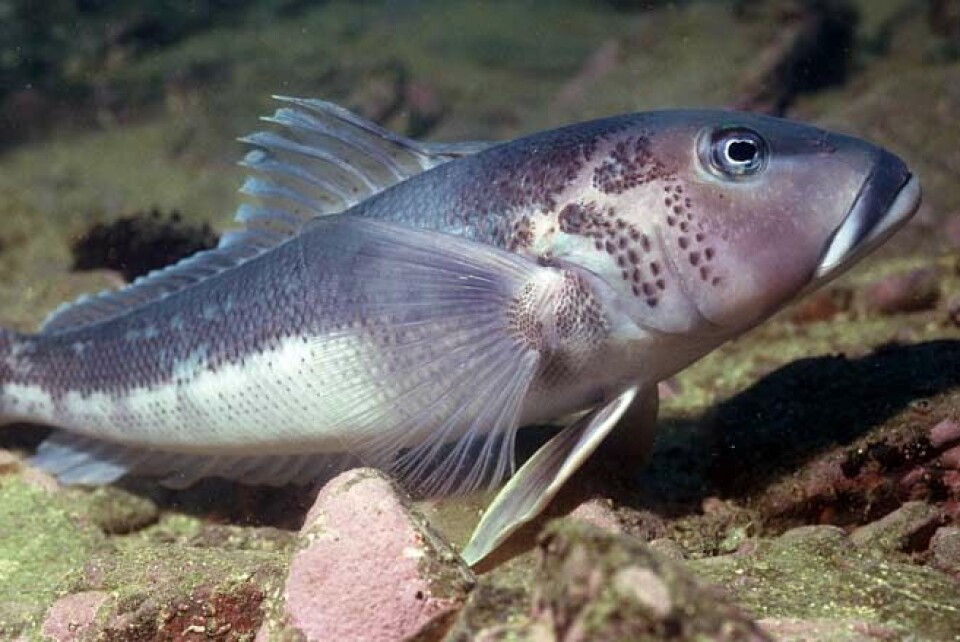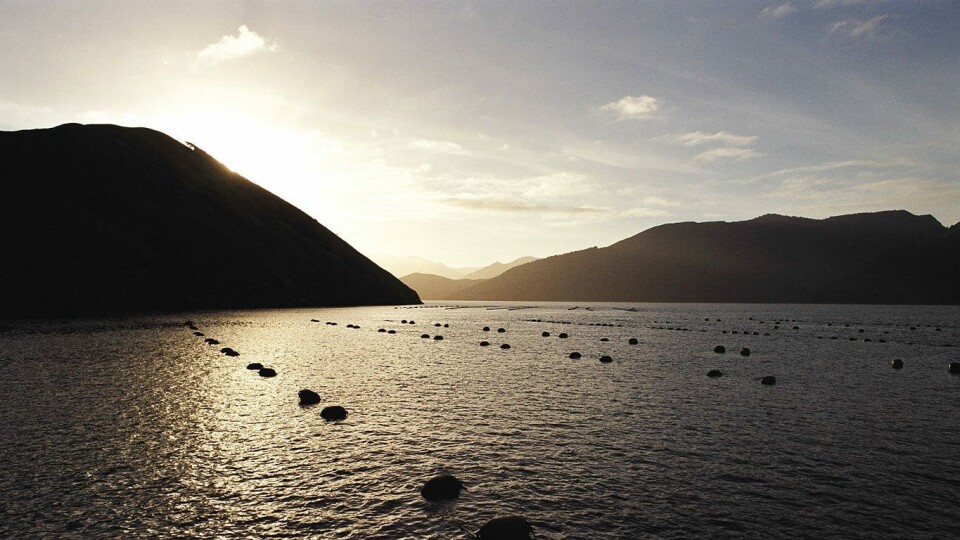
Aquaculture game-changer as scientists breed cod
Scientists have successfully bred blue cod for the first time, a milestone that could revolutionise the aquaculture industry in New Zealand.
The seafood technologies team at New Zealand’s Plant & Food Research in Nelson, in association with Ngai Tahu Seafood, have been investigating how to breed different species of native fish in captivity, building knowledge of the conditions required for the fish to successfully reproduce.
And for the first time, they have managed to breed and grow blue cod to fingerlings. New Zealand authorities are now considering potential opportunities, such as intensive aquaculture grow-out or supplementing local populations under pressure from fishing.
Chief executive of Ngai Tahu Seafood, Joseph Thomas, says the outcome could have real commercial and kaitiakitanga (guardianship) benefit for the seafood industry.
“By enhancing our understanding of blue cod breeding we may be able to identify ways to replenish and strengthen our fishing stocks, which will have a positive impact on customary, recreational and commercial availability,” he said. “It will help us sustain the health of our fisheries.”
2,000 hatchlings
Around 2,000 hatchlings have been raised, most of which are now around 5cm to 7cm long. Their parents were wild blue cod from the Marlborough Sounds.
The team have been studying both the parents and the hatchlings to determine how they respond to stocking densities, population structure, light, water temperature and different food sources, to develop the best protocol for raising the fish at Plant & Food Research’s new fish hatchery in Nelson.
Alistair Jerrett, Plant & Food Research’s science group leader seafood production, said: “Each fish species has different requirements to be in the best health for breeding and for culturing eggs through to small fish. We want healthy fish with the best chance of survival if cultured in tanks or grown in the sea.

“By understanding the biology of the parent fish, we can make sure their environment and food supply is optimised for breeding. Any fertilised eggs and larvae produced are carefully monitored as they are moved through a sequence of tanks for rearing into juvenile fish under controlled conditions.
“Having our first population of blue cod juveniles is an exciting development and shows proof-of-concept for raising blue cod for aquaculture or perhaps re-stocking. The next step is figuring out the best way to scale-up the hatchery to one of commercial potential.”
Cultural significance
The research has been conducted in association with Ngai Tahu Seafood, a Maori-owned organisation that specialises in the harvesting and processing of rock lobster, shellfish and finfish.
Blue cod is an important species for New Zealand, with cultural and economic significance. The fish are caught for recreational and commercial purposes, primarily in winter around Southern New Zealand and the Chatham Islands, although small populations are also found in the Marlborough Sounds and Cook Strait.
New Zealand manages populations of fish species under the Quota Management System, which allows about2,000 tonnes of blue cod to be caught each year. Most of this is consumed in-market, although New Zealand exports 29 tonnes of blue cod each year with a value of $650,000, mainly as frozen fish or fillets for the Asian market.























































